Course name: Sand Hills
Location: Mullen, Nebraska
Four Word Course Review: Post hoc, propter hoc
It only takes one walk around Sand Hills to understand why it inspired a new generation of golf architects and developers to build great courses free of unimportant excesses.
The way the land, bunkers and greens combine to create a series of intriguing holes is evident as you play, but looking across the course from Ben's Porch (behind the 9th green) or from one of the property's high points, you see how the small features that make the holes flow into the large landforms that give the site its interest.
The story goes that Bill Coore and Ben Crenshaw discovered all bar one of the course's bunkers (that short of the 8th green, which makes the hole such a highlight), before shaping the rough expanses of sand into bunkers that evolve daily as the sand is blown around and out of them. Even if that's a slight embellishment, the way those bunkers snuggle into dunes and ridges gives the impression they were crafted by the wind, as the bunkers of the very first golf courses were.
The bunker that generates the most discussion is the cavern short left of the 4th green that's deeper than a drunk poet and bigger than Rhode Island, but fondest in my memory is the diagonal sea of sand at the 15th, inviting you to steer as far to the right as possible for a better shot into the domed, false-fronted green.
A similar bunker makes the finishing hole so much fun to play (especially off the back tee that maximises the dogleg), while a large bunker that hugs the front left of the short par four 7th's green, with the putting surface sloping away, creates wildly divergent strategies depending on wind and pin position.
Equally significant in the course's quality and feeling of simplicity are the greens - most of them using natural slopes and simple features to create interest.
The subtle tilt of the 7th green is an example, as are the false front and side-by-side tiers of the 2nd green, lengthways ridge in the 5th green, domed 9th and skyline 11th putting surfaces and sidehill 16th green.
Most impressive having played the course in strong winds that saw the 4th require a four iron approach one day and half a gap wedge the next is that every hole was just as playable in one wind as it was in the other, and where consecutive driveable par fours at the 7th and 8th might seem odd, by playing in opposite directions you'll always have a good chance of driving the green on one and will have to formulate a smart drive-and-pitch strategy on the other.
The routing, taking advantage of a large bowl surrounded by high dunes, gives a feeling of spaciousness all the way around with only a few instances where the walking golfer has to go the long way along a formed path or trek through difficult terrain to travel direct to the fairway (1 and 9 come to mind immediately).
The par fives are as much of a star here as on the other Coore courses I've played, from the rollicking opener than winds its way to a benched green, to the 14th and its small well-bunkered putting surface and the standout 16th, driving over a fantastic bunker before a well-defended lay-up and sterling green (mentioned above) that takes great skill to negotiate successfully.
The flipside of the above is that I've tended to find Coore's par threes the weak point of his courses and I'm inclined to say the same is the case here. The 3rd and 13th do little more than link much finer longer holes and the 6th lacks the aesthetic flow of the rest of the course, though has an interesting green. The 17th, however, plays even better than it photographs - and lord knows a lot of rounds have slowed down and just as many SD cards filled up at the penultimate tee. The green is tiny and offset, and set just high enough above the tee that you might not realise that it plays uphill until you're caught in the front left bunker.
Even without what is a fantastically rustic experience off the course (and one of the best star-filled night skies I have seen), Sand Hills is a unique and thrilling experience and one that golfers should be immensely thankful for given it led directly to so many other modern masterpieces being built.

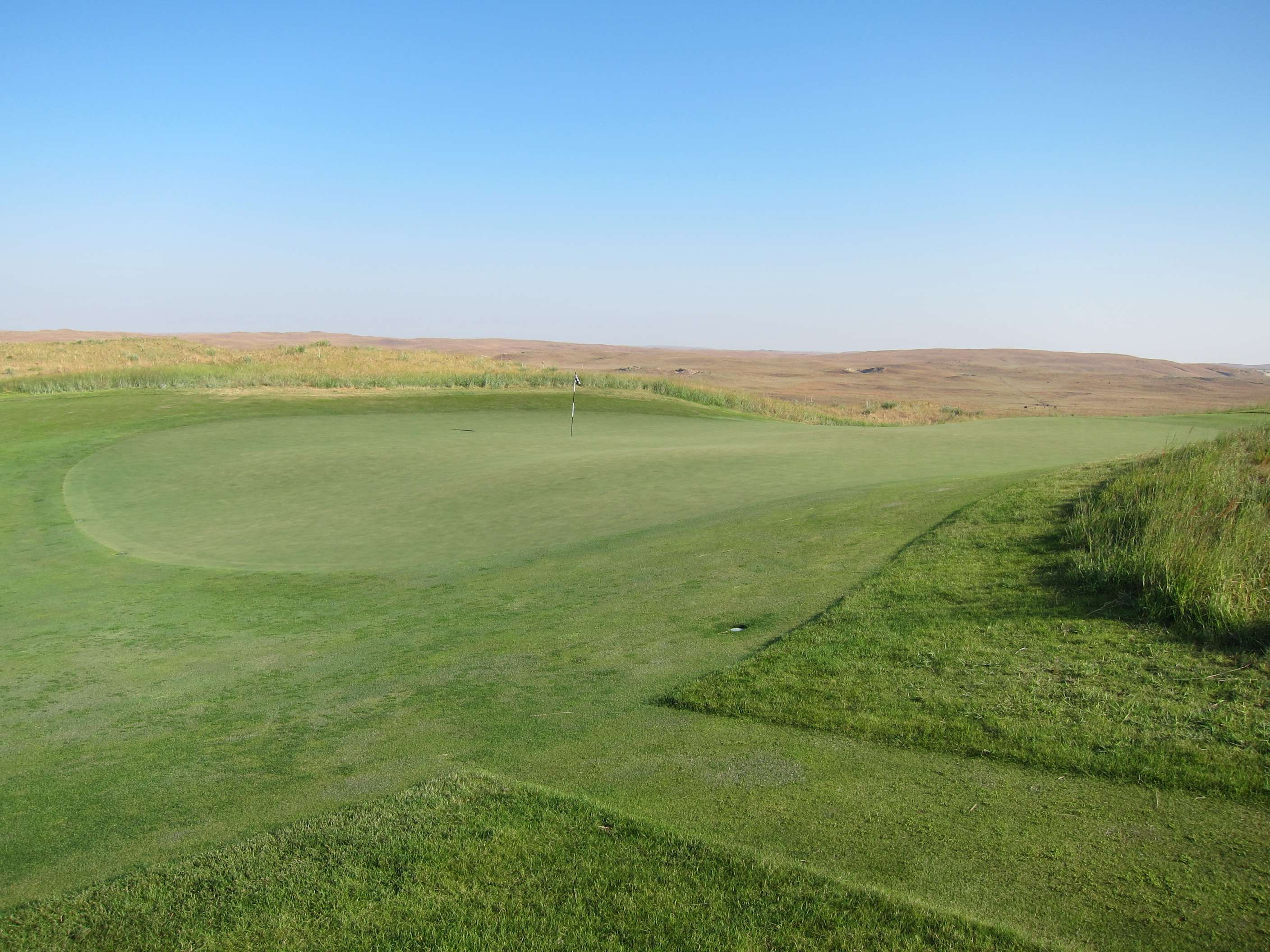
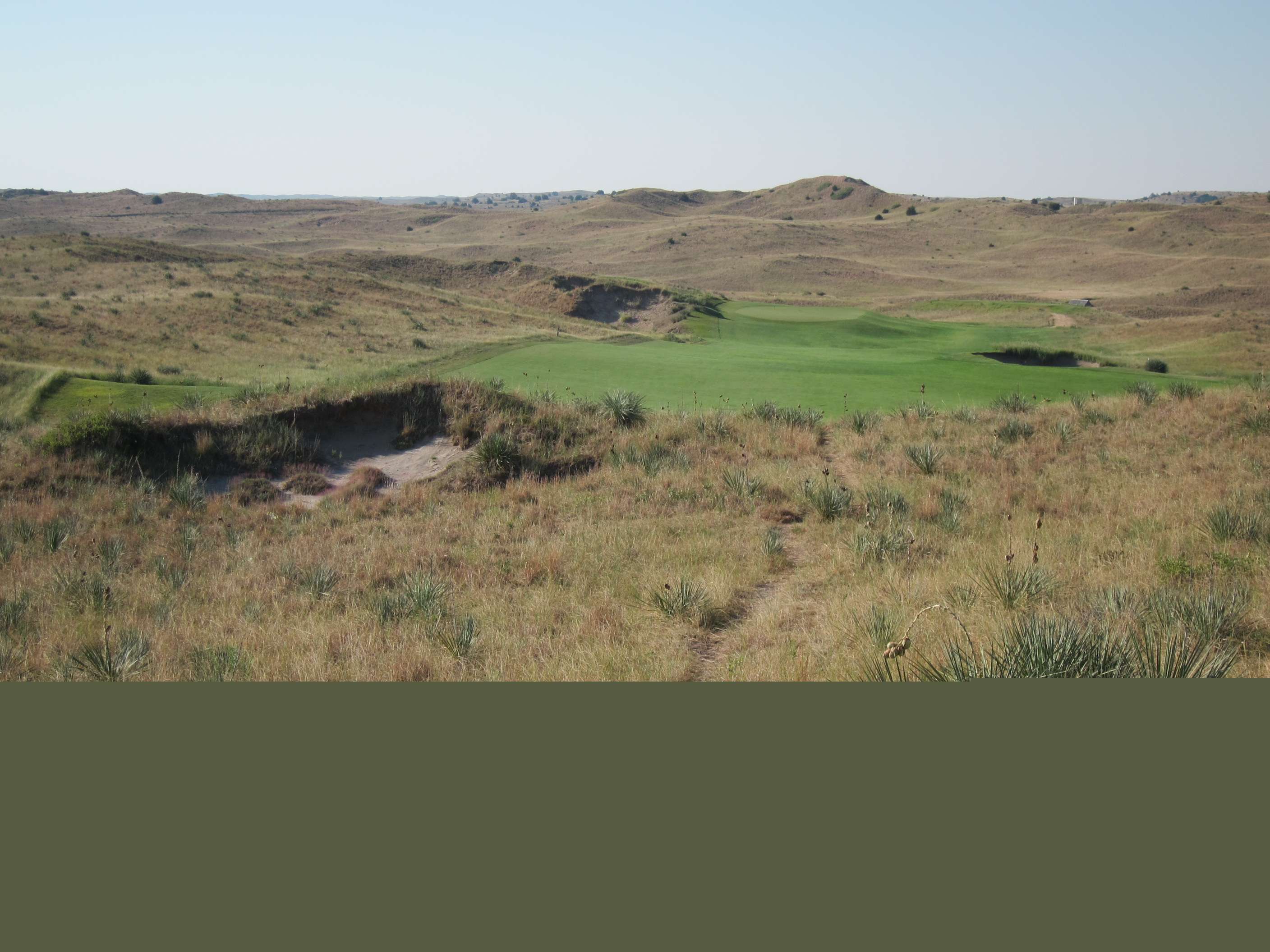



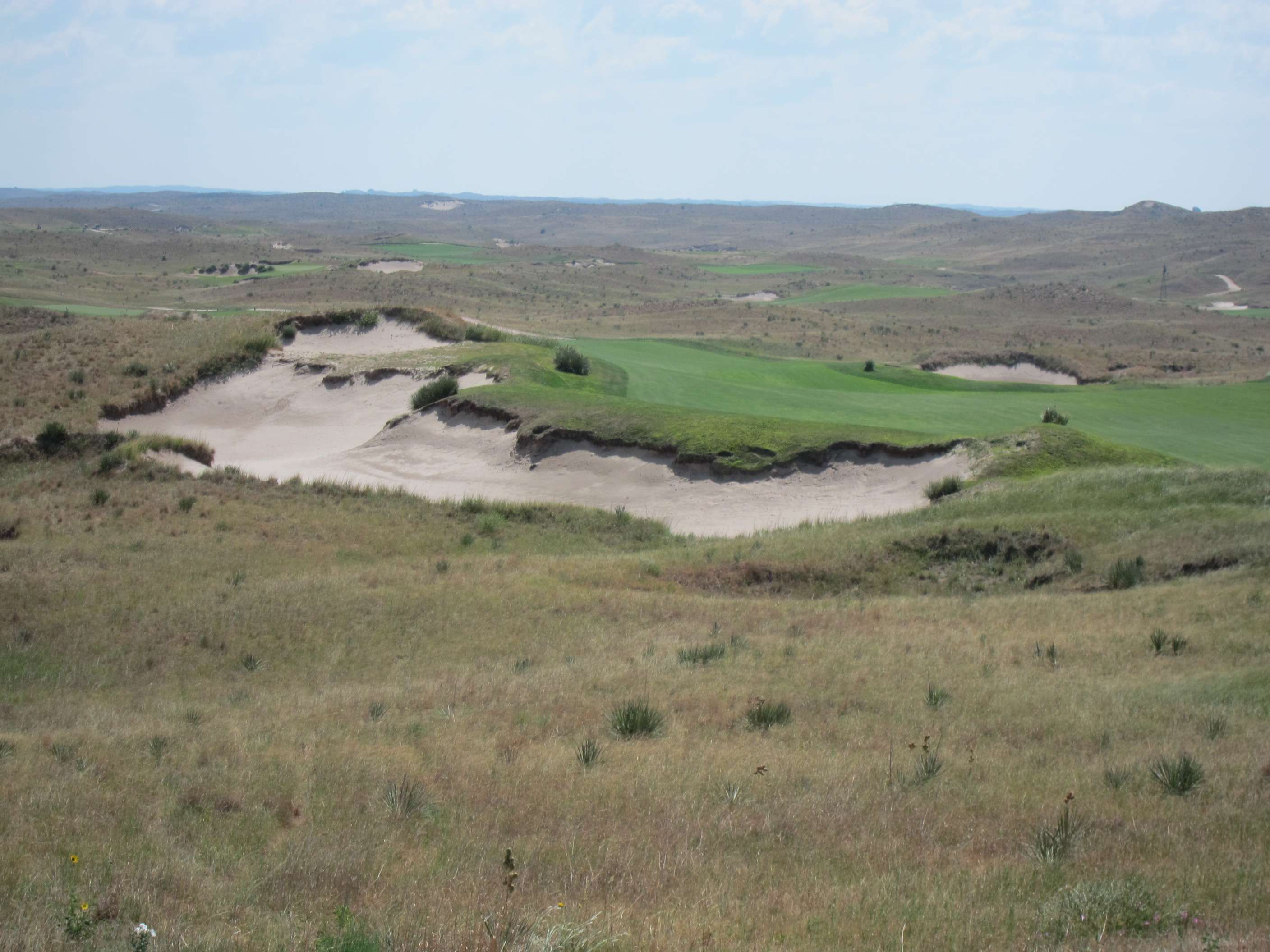
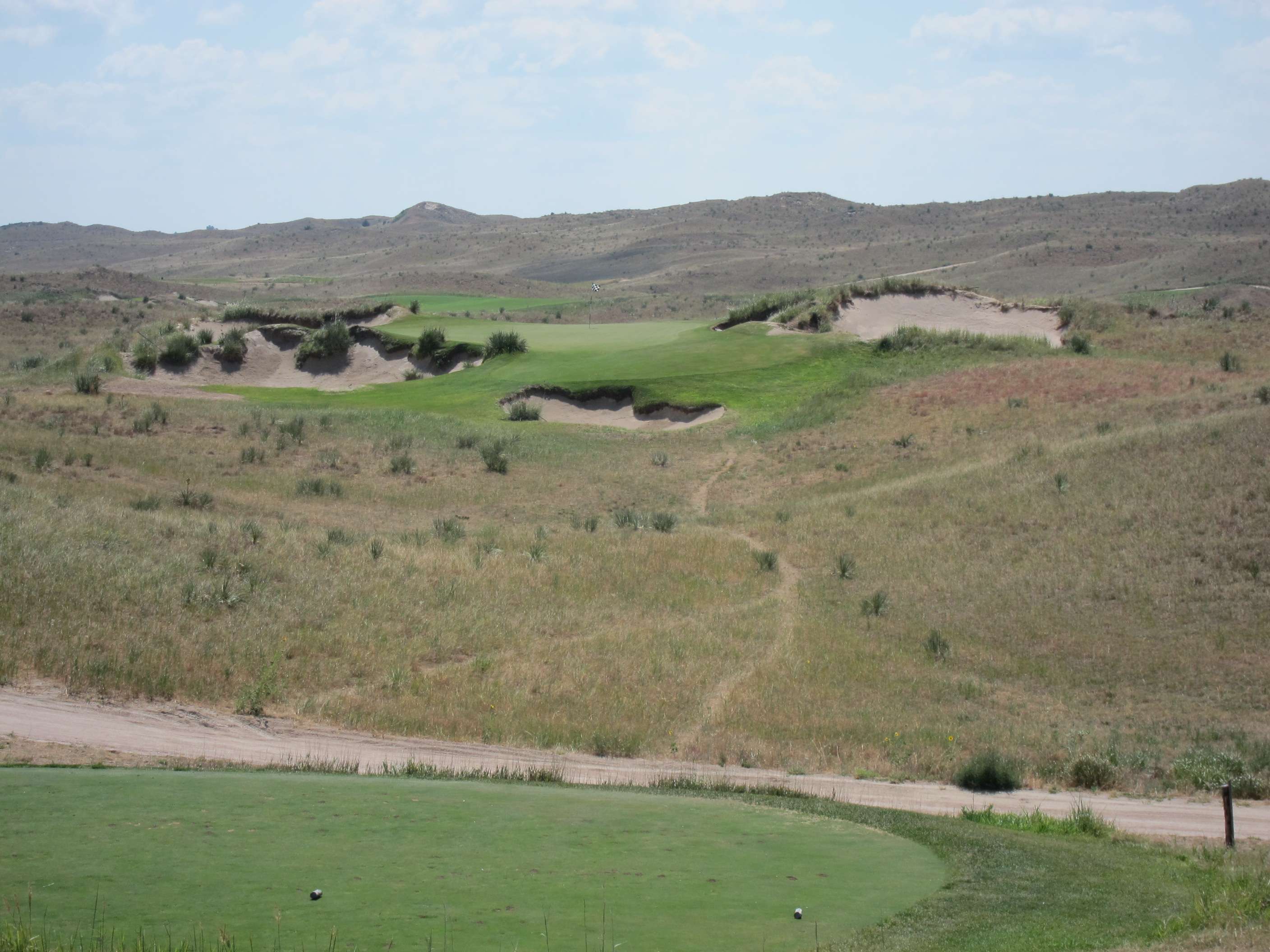
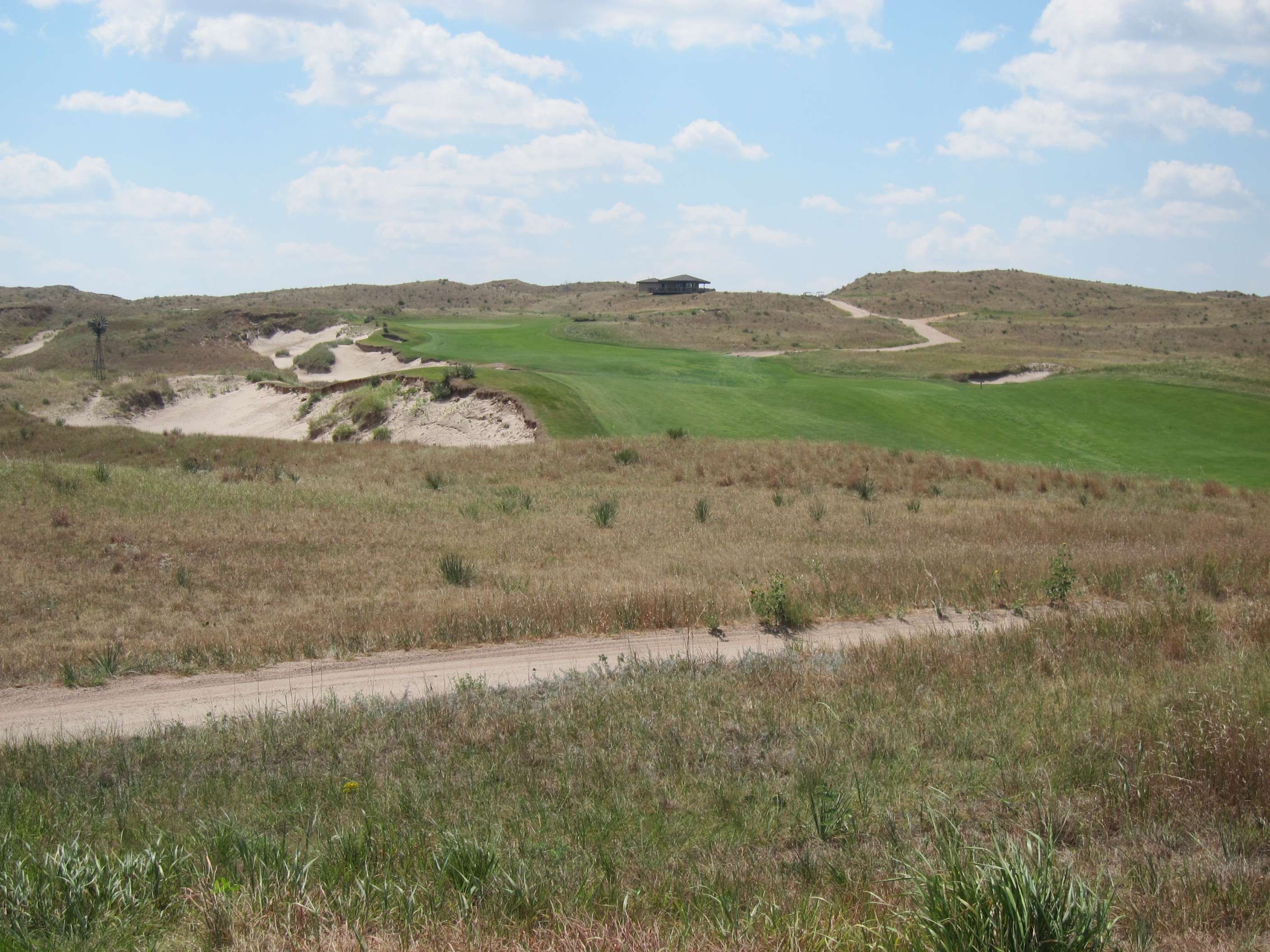
No comments:
Post a Comment